Hours-long lineups at COVID-19 testing centres in many areas of the country has become a top concern as cases have begun rising in what health authorities fear could be the start of a potential second wave.
Long lineups to get tested are common in many cities, and sometimes people have even been turned away after waiting for hours. Once a test is finally done, there’s also a long wait for the result.
Dr. Brett Belchetz, a practicing physician in Toronto and senior fellow at the Fraser Institute think tank, says long lineups could also increase the risk of infection.
“A problem is if people are waiting longer for their results and they have a pending positive test result, they’ll potentially expose many, many people as they wait which would defeat the purpose of having that test,” he said in an interview.
However, he cautions against using rapid testing kits that haven’t been proven trustworthy.
“There’s a level of controversy about some of the new rapid test kits being tried on the market because of the accuracy of the tests and how much they in fact work.”
On Sept. 29, the federal government announced a plan to buy 7.9 million rapid tests from U.S. company Abbott Laboratories, which would come in the form of a point-of-care test that could be administered by a professional in settings other than a public clinic. Health Canada approved the testing devices on Sept. 30.
British Columbia and Alberta have been trying different things to increase testing and make it more efficient in bringing results.
With students now back in school, the B.C government has introduced a mouth rinse and gargle test that children can take themselves or with a parent. Test-takers simply swish and gargle a water solution and spit it into a collection tube for assessment.
Alberta has managed to test more than 1,000,000 people and hasn’t been faced with the same access issues as provinces like Ontario. Health officials in Alberta have also been exploring other test options such as the mouth rinse method and self-saliva samples to further improve the process.
“There are dozens of innovative tests being developed in Canada and worldwide that are using alternative methods of detection of virus RNA or a cell surface agent. Many of these are designed to be cheap at $5 to $25 per test,” says Jehangir Appoo, a research associate professor at the University of Calgary.
“It’s important to ensure that tests go through some level of accuracy and reproducibility. False negative and false positive results can wreak havoc on individuals and society.”
A lot of commentary on Canada’s response to the pandemic has focused on the weaknesses of the country’s public health infrastructure. Appoo says the issues around testing reflect these problems.
“As a society one way to be prepared for the next pandemic is to have infrastructure available that can rapidly scale whatever technology is needed,” he says.
“One can’t predict what type of tests or type of PPE one needs for the next pandemic. However, if infrastructure exists where private-public partnerships exist and can kick into gear, then one can be prepared for the unknown.”
In announcing its agreement with Abbott Laboratories, the government said that with testing technologies advancing as the pandemic continues, Public Services and Procurement Canada is “actively exploring additional agreements to secure access to the most promising candidates.”
Belchetz says, however, that testing is only one part of the battle, and that much of the focus should be on how to get people to comply more with the measures put in place to contain the spread, saying the plan to reopen wasn’t accompanied with a “structural approach to what might trigger us to go back and undo parts of the reopening.”
“Testing alone won’t bring us under control,” he says.
“What we need to look at is why the virus hasn’t resurged in the same way in countries like South Korea and Taiwan, that haven’t experienced the resurgence the same way we have. I think the reason is that there’s more of an adherence to the precautions when it comes to large gatherings and mask-wearing in public spaces.”
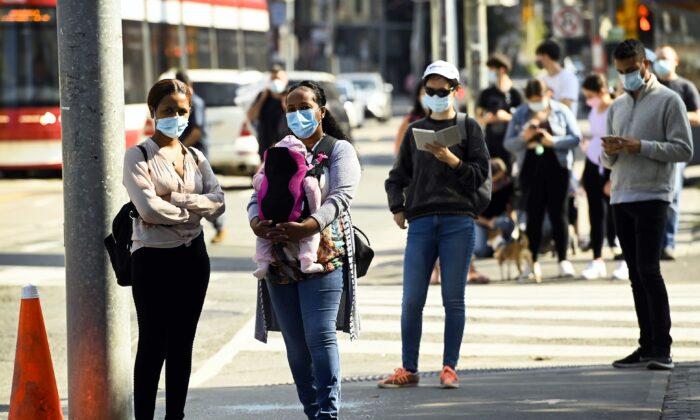

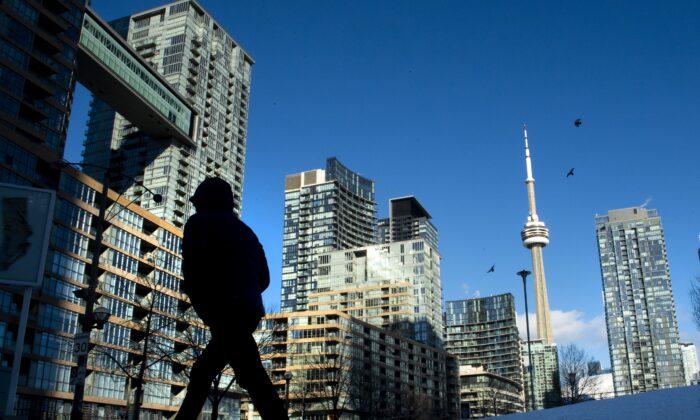
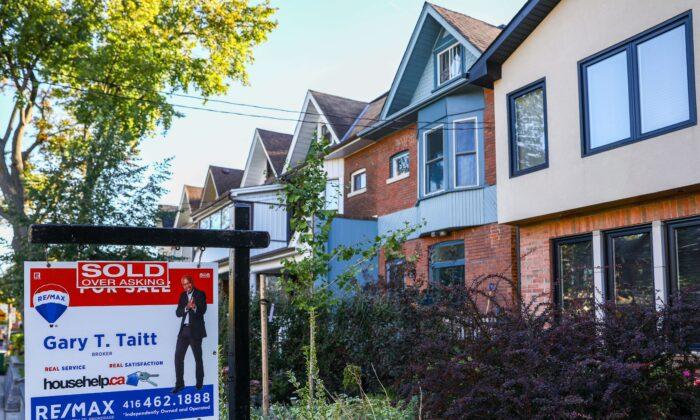
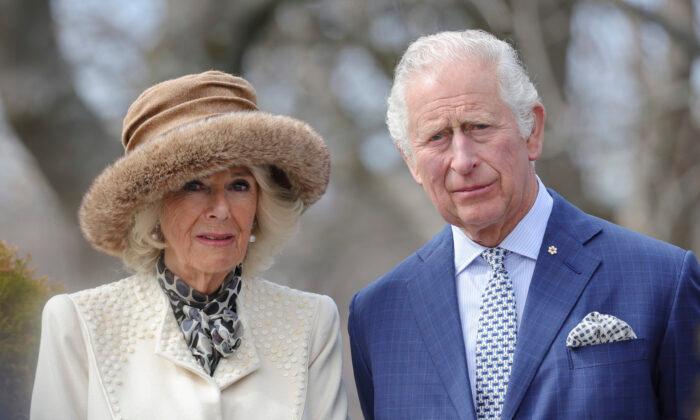
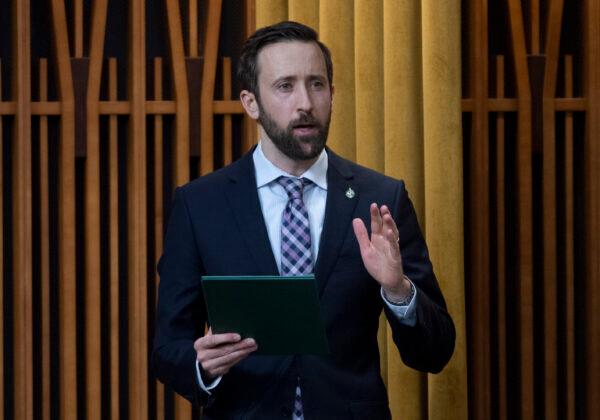
Friends Read Free